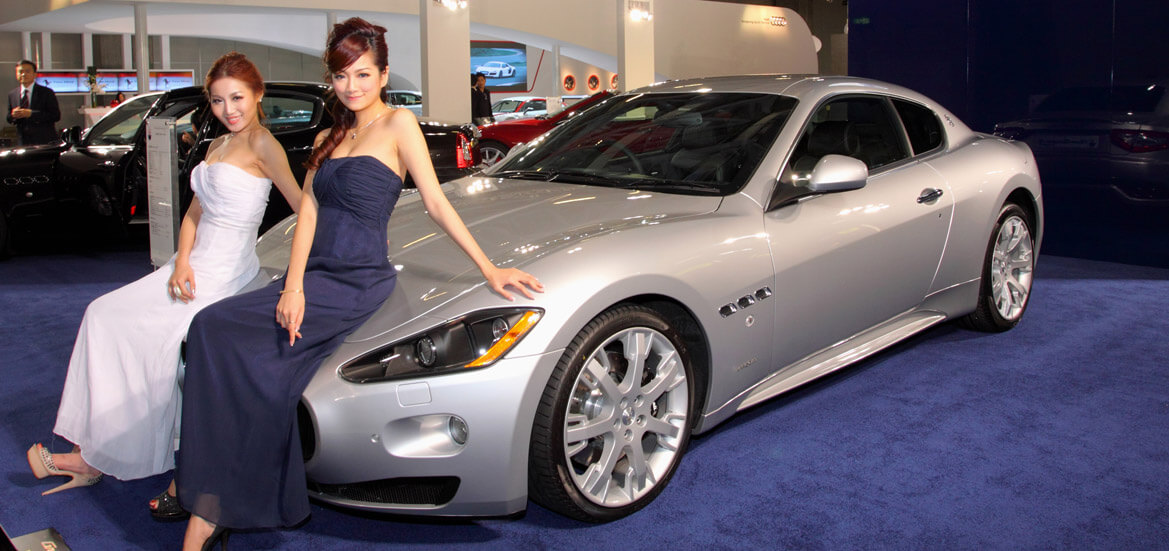Western firms need to learn how-to FACE East
East Asia is rapidly becoming the largest and fastest growing market for luxury goods in the world, and whilst there will always be some headwinds blowing in from different directions, their luxury product dominance isn’t going anywhere anytime soon. The plethora of emergent, upwardly mobile and wealthy elite are here to stay. Asia represents the best opportunity on the planet for businesses wanting to market top end, distinctive, innovative, blow-your-mind product offerings. But there are rules and they need to be followed. How well they’re followed can be highly predictive of success. Many aspirational exporters from the West continue to underestimate the challenges of doing business in Asia. They all too often fail to respect the wide range of nuances fundamental to Asian culture. These nuances are intrinsic to what makes these amazing people tick…they are what make Asian cultures different and unique. Asia is not an amorphous mass market. One size, one shape, one offering, does not fit all.
Successful premiumisation needs to start with insight, and that comes from immersion. That doesn’t come from a week spent at Marina Bay Sands, even though soaking up some warmth in the world’s largest rooftop pool might give you a glimpse of the consumer. It might even help cement in your mind that there is a market, however gaining access to consumers in the market is another story. Competition is intense and budding exporters will need razor-honed knowledge of the customer and the environment they live and breathe in. Queue “insight”…yes, you will need some.
Insight is required to make sure the product attributes you’re designing into your offering are right. For example, very, very close attention needs to be paid to packaging. This intersects with deeply understanding and embracing how face influences consumption. This can be a real eye and mind opener to many. A proverb, which highlights face goes along these lines. It says…
“If you honour me one linear foot, I should in return honour you ten feet.”
This might sound a bit ethereal and deep, a bit touchy feely even, but it has a very direct relationship on every facet of product development and it should be a key driver of market access strategy too.
None of this is rocket science. It’s all very fundamental really…not complicated. Start with the customer and tailor your offering to their needs. That generally means you need to understand them first, at least in my head anyway. Why so many skip the market research step completely still defies logic. I don’t get it. I’ve heard of fast fail, but not guaranteed fail. Is it to try and save money? Are people clairvoyant? I’m not sure, but the stories of woe just keep piling up. Many wander up to Asia (I suspect after they’ve thrown a dart at a map) with hope in their hearts, to return holding only disappointment, after running up large hotel bills and travel expenses, all to no avail.
There are dramatic differences in buying behaviour between individualistic cultures (western) and collectivist cultures (Asian). University of Hong Kong scholars Julie Juan Li and Chenting Su highlight three key drivers behind face. These are obligation, distinctiveness and other-orientation. Understanding what these three mean and how they work is important. This is a blog so the short explanation is:
Obligation is how consumption is used to maintain or save face. For example, a Chinese person must mimic the face consumption of his or her social group or face is lost.
Distinctiveness means to achieve face, the product must be above and beyond anything consumed or utilized by an individual on a daily basis. Makes sense…in other words, it must be special. This is usually achieved through strong brand awareness and cache, or signified by a high price, or both. Think packaging here too, especially if you’re a wine maker because the wine wall in Asia is getting bigger quickly.
Other-orientation refers to the importance of others in the whole process of face, for example, the Chinese consumer must carefully consider the value of products or services. A restaurant meal when consuming with friends must ensure others feel special and vice versa. The same goes with gift giving. This is an excellent way to begin, maintain and cement a relationship with a Chinese person, but the gift must be carefully weighed up and considered. Any gift needs to be appropriate to the receiver’s economic status because there is an implied expectation for the receiver to return a gift to the original giver, which is normally of increased value. This is part of the process of building face. It’s the Asian version of a session down the pub. It’s about building strong mutually beneficial relationships, and without one in Asia you’re not likely to gain access to the Silk Road.
Identifying and understanding insights emanating from these core cultural drivers means these nuances can be designed into product and service offerings. Chinese people are collectivist and they mostly purchase luxury products to enhance face. One quirk from this behaviour is Chinese consumers are far more likely to be driven by group consensus. It is worth taking the time to understand face. It has immediate relevance to how you go about getting your product in front of paying Asian consumers. It has direct relevance to product design and it offers some clues on how to execute your market access strategy.By Jim Wilkes
